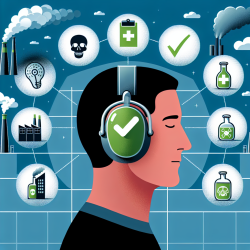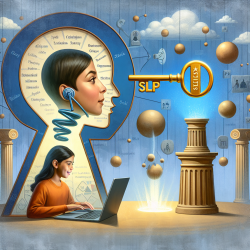Introduction
In the realm of speech-language pathology, data-driven decisions are paramount to achieving optimal outcomes for children. The research article "Large-scale solar magnetic field mapping: I" by Kenneth H. Schatten provides a compelling model that, while focused on solar phenomena, offers insights into data analysis and modeling that can be applied to our field. By examining how solar magnetic fields are mapped and analyzed, we can draw parallels to our practice, enhancing our ability to assess and implement effective therapy strategies.
Understanding the Model
The research utilizes a sophisticated model that maps the Sun’s large-scale magnetic fields, focusing on spatial and temporal variations. This model employs cellular automata software to simulate the movement of magnetic fields, providing a detailed analysis of how these fields evolve over time. The model’s ability to predict changes and interactions within the solar environment can inspire similar predictive modeling in speech-language pathology, particularly in tracking and anticipating the progress of therapy in children.
Application to Speech-Language Pathology
While the subject matter of the research is solar physics, the methodologies employed can be adapted to speech-language pathology. Here are some key takeaways:
- Predictive Modeling: Just as the model predicts solar field changes, speech-language pathologists can use data-driven models to predict therapy outcomes, allowing for tailored interventions.
- Agent-Based Analysis: The use of agents in the solar model can be likened to tracking individual therapy sessions or client interactions, providing a granular view of progress.
- Spatial and Temporal Analysis: Understanding how changes occur over time and space in solar fields can parallel how we analyze language development over time in different contexts.
Encouraging Further Research
The research encourages us to delve deeper into how we can leverage data and modeling in our practice. By adopting a similar analytical mindset, we can enhance our understanding of language development patterns and therapy effectiveness. This approach not only improves our practice but also contributes to the broader field of speech-language pathology by providing evidence-based insights.
Conclusion
Incorporating data-driven insights from diverse fields like solar physics can significantly enhance our practice in speech-language pathology. By applying these methodologies, we can improve therapy outcomes for children, ensuring they receive the most effective interventions. To explore the original research further, please follow this link: Large-scale solar magnetic field mapping: I.










